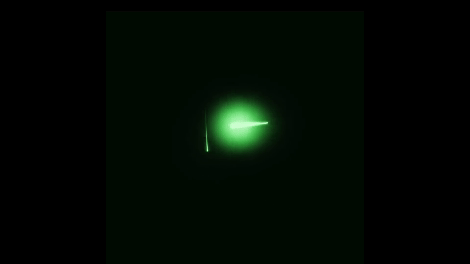Introduction #
I’ve been diving into the world of oscilloscope art using OsciRender and Blender, exploring how sound can directly influence visual animations. There’s something incredibly intriguing about how a simple waveform can create complex shapes and how those shapes can then be animated to follow a soundtrack or a new song.
To start, I’m working with sequences of simple 3D shapes, using Blender’s integration with OsciRender to transform sound into visual data. This allows me to experiment with how different frequencies and amplitudes affect the geometry of the visuals. By mapping sound elements to movement and transformations, I can create dynamic visuals that feel almost like they are being sculpted by the music itself.
The plan is to build up from these simpler forms to more abstract and experimental visuals. I want to push the boundaries of what is possible, blending traditional 3D animation with the organic unpredictability of sound-driven art. As I get more comfortable with the workflow, I’ll start introducing elements of glitch and distortion, aligning with the hauntological and liminal aesthetics that underpin much of my work.
Ultimately, this approach offers a new way to think about music videos and live performance visuals, where the sound doesn’t just accompany the visuals but is an integral part of how they are generated and perceived.
